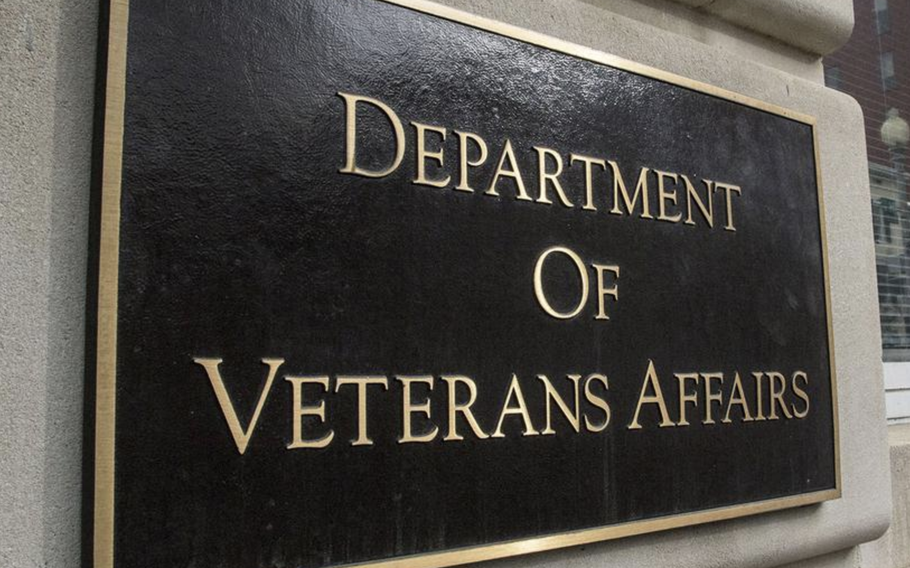
Like the rest of the country’s population, America’s veterans are only getting older, increasing the demand for long-term care. Unlike the rest of the population, our veterans rely on the Department of Veterans Affairs system — the largest health care system in the United States — for support. And while Congress has made some progress, there is still more work to be done to ensure all aging veterans can reach the services and support they need and deserve. (Stars and Stripes)
As a veteran, one of the proudest days of my life was the day I took an oath to serve my country. Like all those who took the oath before me and those who took it after, I understood that this commitment could mean sacrificing my health and even my life for the good of our nation. This selfless service is what makes our veterans deserving of additional support later in life. Yet far too many struggle to access the care and resources they need to live independently and with dignity as they age.
Like the rest of the country’s population, America’s veterans are only getting older, increasing the demand for long-term care. Unlike the rest of the population, our veterans rely on the Department of Veterans Affairs system — the largest health care system in the United States — for support. And while Congress has made some progress, there is still more work to be done to ensure all aging veterans can reach the services and support they need and deserve.
According to VA data, roughly 80% of veterans will need long-term care at some point in their lives. Driving this demand are Vietnam-era veterans, most of whom will be 75 years old or older by next year.
The VA has made strides to meet this need, but such services come at a significant cost. As demand for long-term care grew from 2014 to 2018, the VA’s spending on long-term care jumped by 33%, largely driven by the high cost of institutional care, such as nursing homes. It’s no wonder, then, that at this rate, the VA’s spending on long-term care is expected to double by 2037.
This isn’t just financially unsustainable — it’s not what aging veterans want or deserve. Like most older Americans, veterans are increasingly interested in receiving care in the comfort and safety of their own homes. But I’ve seen too many of my fellow veterans struggle to remain at home, relying on a patchwork system of family, friends, or hired caregivers so that they can remain living independently.
Though the VA has succeeded in boosting enrollment in Home and Community Based Services (HCBS) programs, more must be done to ensure veterans have access to at-home care.
Fortunately, lawmakers in Washington recently passed and implemented the Senator Elizabeth Dole 21st Century Veterans Healthcare and Benefits Improvement Act. This legislation expands home health care options available to veterans, including boosting access to a little-known — but mighty — care option I am proud to work in: the Program of All-Inclusive Care for the Elderly (PACE).
PACE provides comprehensive medical, social and pharmaceutical care to participants age 55 and older all under one roof at community-based PACE centers. Here, participants can access hands-on, coordinated care from an interdisciplinary team of health care professionals, while also keeping older adults engaged in their communities.
PACE’s social structure and support help participants connect with one another and reduce social isolation — an issue that impacts older Americans nationwide but can be particularly devastating for veterans. Through social programming — like a Veterans Day event I recently attended at one PACE center — veterans can share their stories with fellow participants, helping them connect with one another and celebrate their service.
The benefits of this program don’t stop at the front door. PACE participants also receive free, professional transportation services to and from their homes, PACE day centers, and any other medical services. Participants also receive at-home support with daily activities including bathing, dressing, preparing meals and more. By meeting older veterans where they are, with the services and support they need, PACE can help improve veterans’ quality of life.
Veterans have sacrificed so much for their homes. Now, it’s our job to help keep them there, with the support and services they need to thrive.
Effective collaboration between the VA and PACE centers, as called for by the Dole Act, is an important first step, and I am hopeful that over the long term, lawmakers in Congress continue to take steps to expand and implement PACE programs for the millions of eligible veteran participants across the country.
Craig Worland, who served as a captain in the U.S. Marine Corps, is chief operating officer at One Senior Care, a leading provider of the Program of All-Inclusive Care for the Elderly (PACE) serving rural and Appalachian communities.